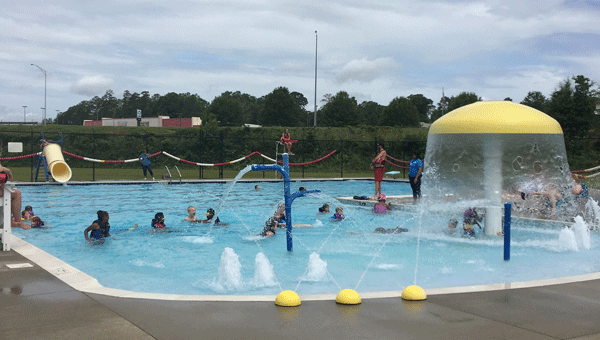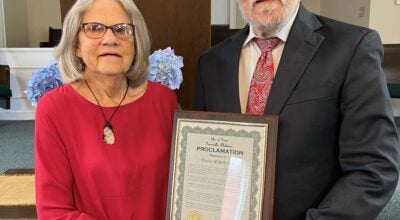YMCA seeks to save lives with swim courses
Published 7:01 pm Tuesday, June 6, 2017

- The Greenville YMCA will offer a two-week swimming course for ages 3 and up throughout the summer. The course aims to not only instruct participants how to swim, but also how to do so safely.
With summer nearly in full swing, the Greenville YMCA is seeking to arm the city’s youth (and adults, as well) with the knowledge of proper swimming safety.
The YMCA will be offering swimming classes for ages 3 and up in an eight-session, two-week course held Mondays through Thursdays.
There will be morning sessions at 8 and 9 a.m., and afternoon sessions beginning at 4 and 5 p.m.
Tina Caver, director of the Greenville YMCA, said that the aim of the course is to not only teach its participants how to swim, but also how to swim safely.
“We go over a lot of safety issues, because a lot of drownings occur among people who can swim, or they’ve been around the water a long time,” Caver said.
“They have a little more confidence, but when you’re fatigued and you’re a child, you don’t realize it and that’s when a lot of drownings occur.”
According to the Center for Disease Control, there were an average of 10 deaths per day in the United States as a result of drowning (non-boating related) between 2005 and 2014. One in five of those deaths were from children age 14 and younger.
The Center also found in a startling study that, between 1999 and 2010, males drowned far more often than females across nearly every age demographic, but the contrast was especially notable among adolescent boys.
Caver has a theory as to why that might be the case.
“That’s an age where boys are testing their limits,” she said. “They want to do something better than their friends, so they’ll push each other in water to swim longer when they’re tired, or maybe hold their breath underwater. It’s just different things that they do that can be seen as playing, but it becomes very dangerous in water.”
Caver added that the course would cover basic swimming techniques to aid in combating fatigue or an even more harmful affliction in bodies of water—fear.
“If you have a fear of water but you’re willing to try to learn how to swim, of course we’re not going to make you go into the deep end and tread water,” Caver reassured. “We’re going to put you in the shallow end, do some basic things, talk about water safety and then we’ll possibly show you some strokes and let you practice it with a life vest on.
“Definitely, we have some kids who have a fear of the water and some who don’t, but we’re going to work with you wherever you are. Toward the end of the class, everyone should be able to remove their life vest, do basic strokes and get in and out of the water without fear. Some children will want to put their life vest back on as soon as the course is over, and some are comfortable enough to keep it off. But the basic thing is that you learn what to do in an emergency situation, and you’ll progressively learn some basic things that can save your life if you did fall into water.”
Lessons are $70 for nonmembers and $35 or members, though Caver said that the program’s goal is to reach every child who wants to learn to swim regardless of financial situation.
“What’s so important about this is that it is a life or death thing,” Caver said. “If a child knows how to swim, is not afraid of the water and can at least dogpaddle, it can save their lives. And that’s why we raise our annual campaign money every year, so that we don’t ever have to turn a child away. We use it for membership sports and swim lessons, but we really want to focus every summer on making sure children in our area know how to swim. If one life is saved over the course of a summer, everything that we do is worth it.”





